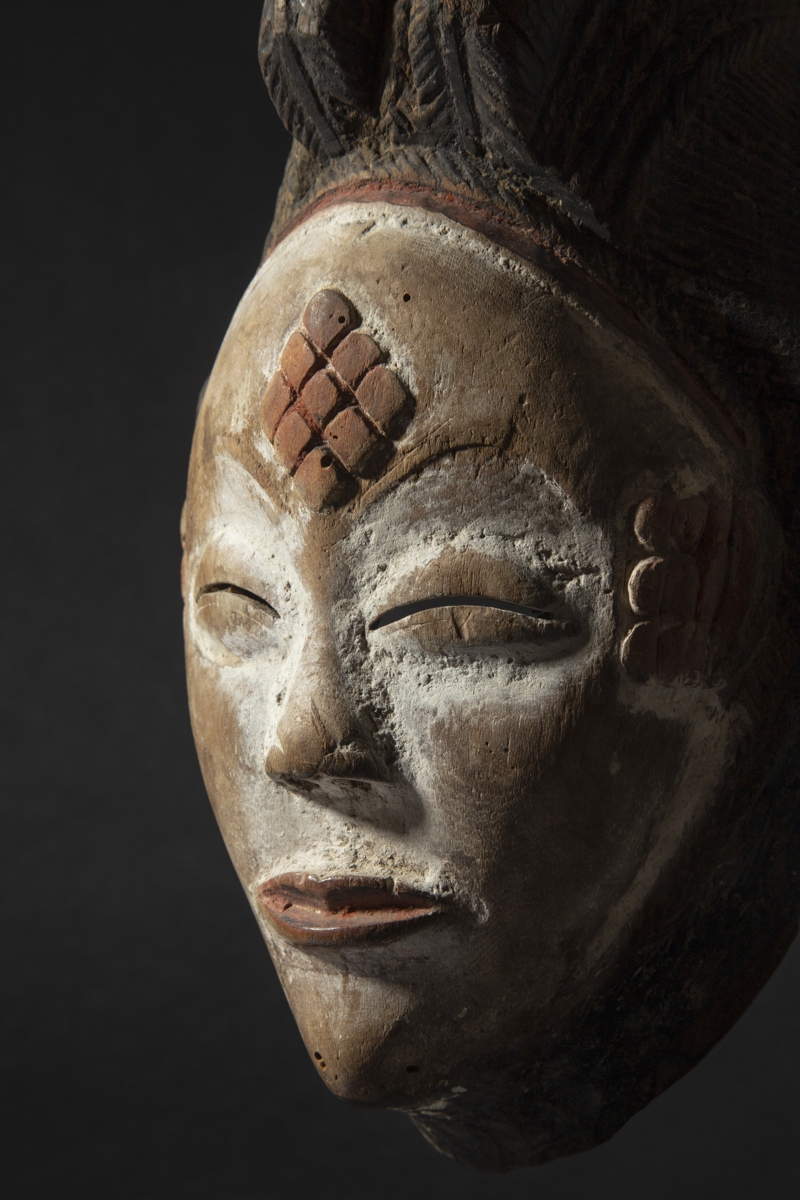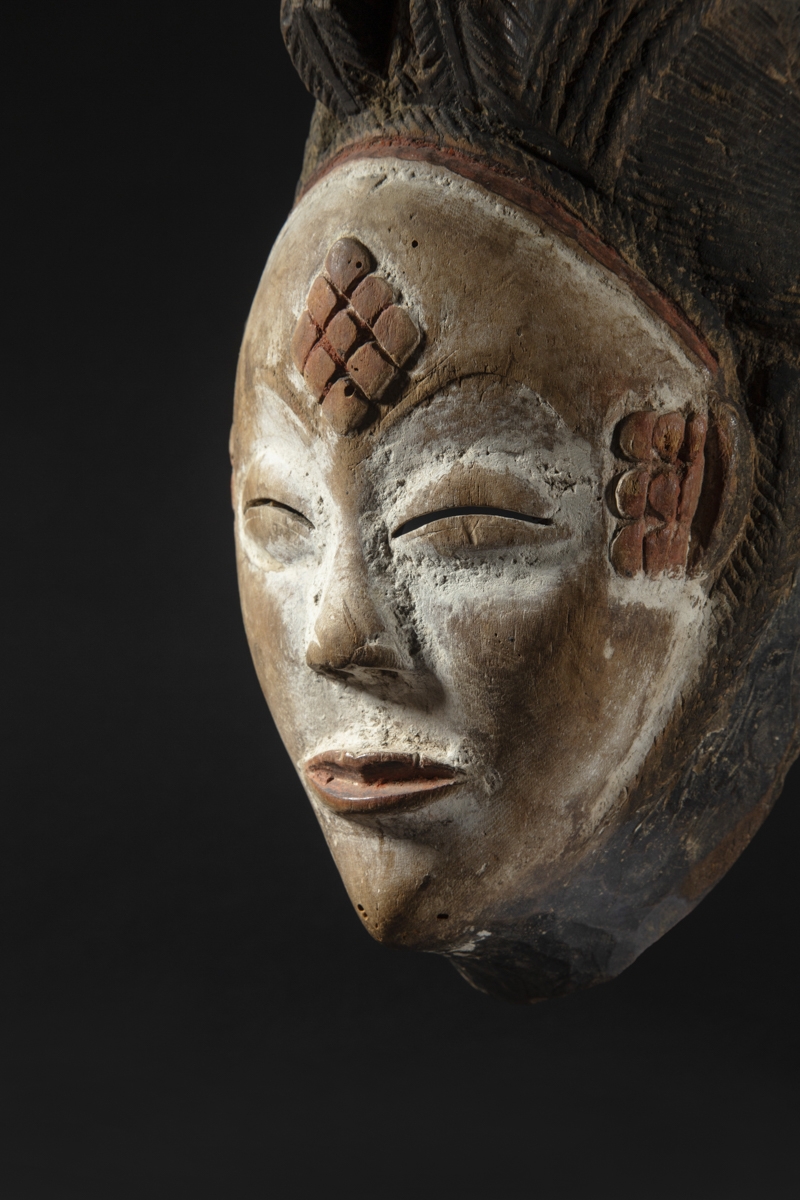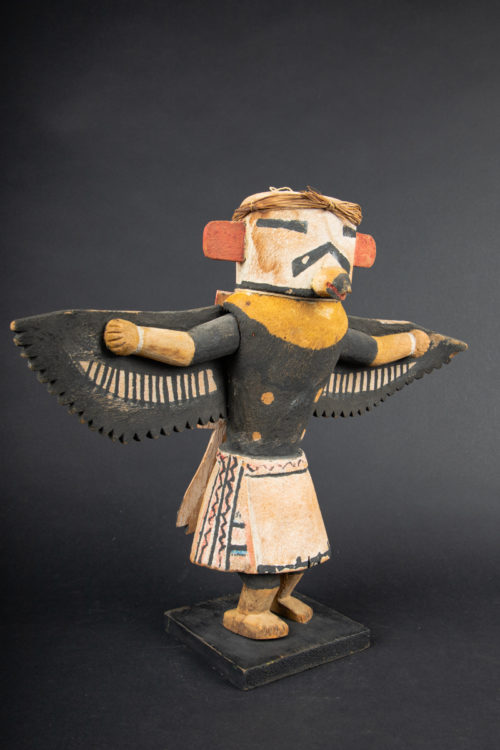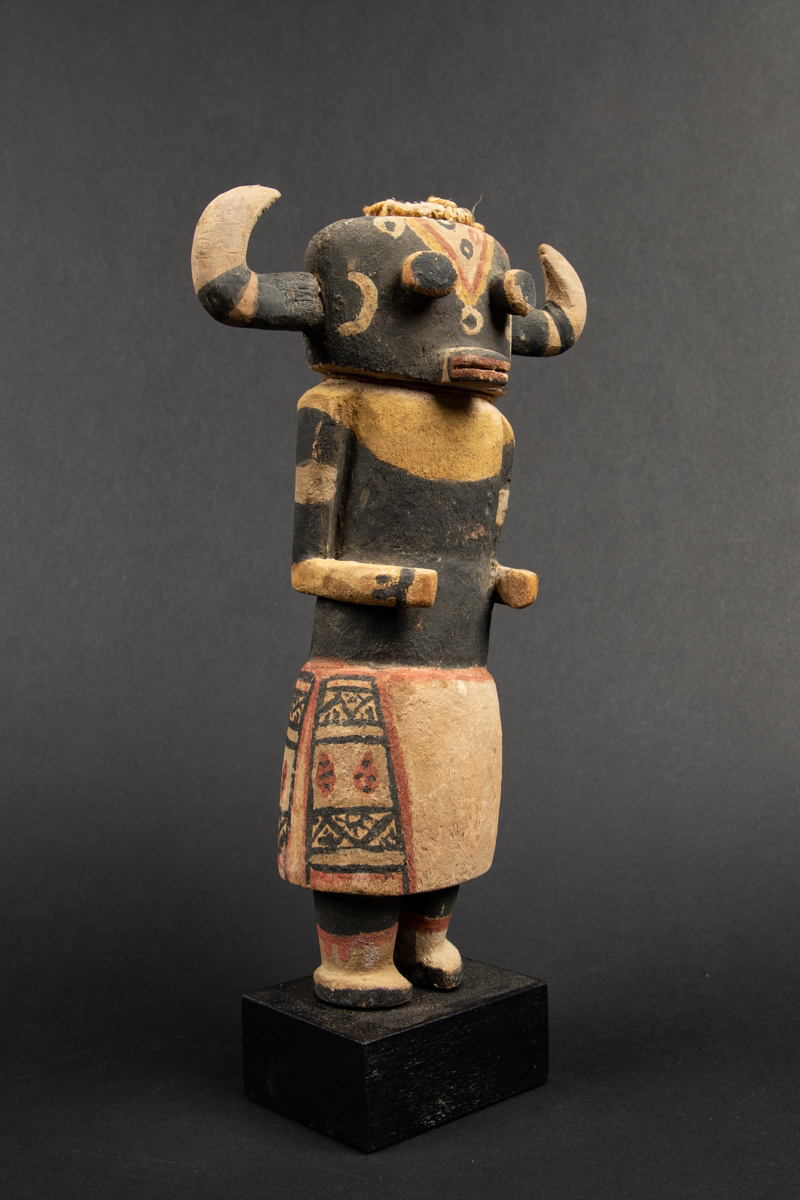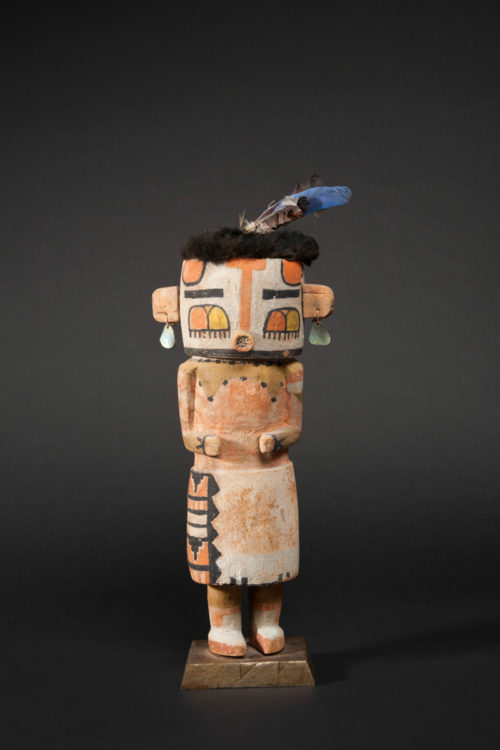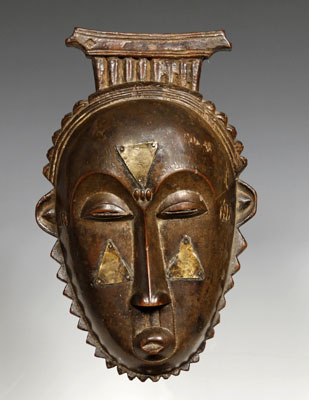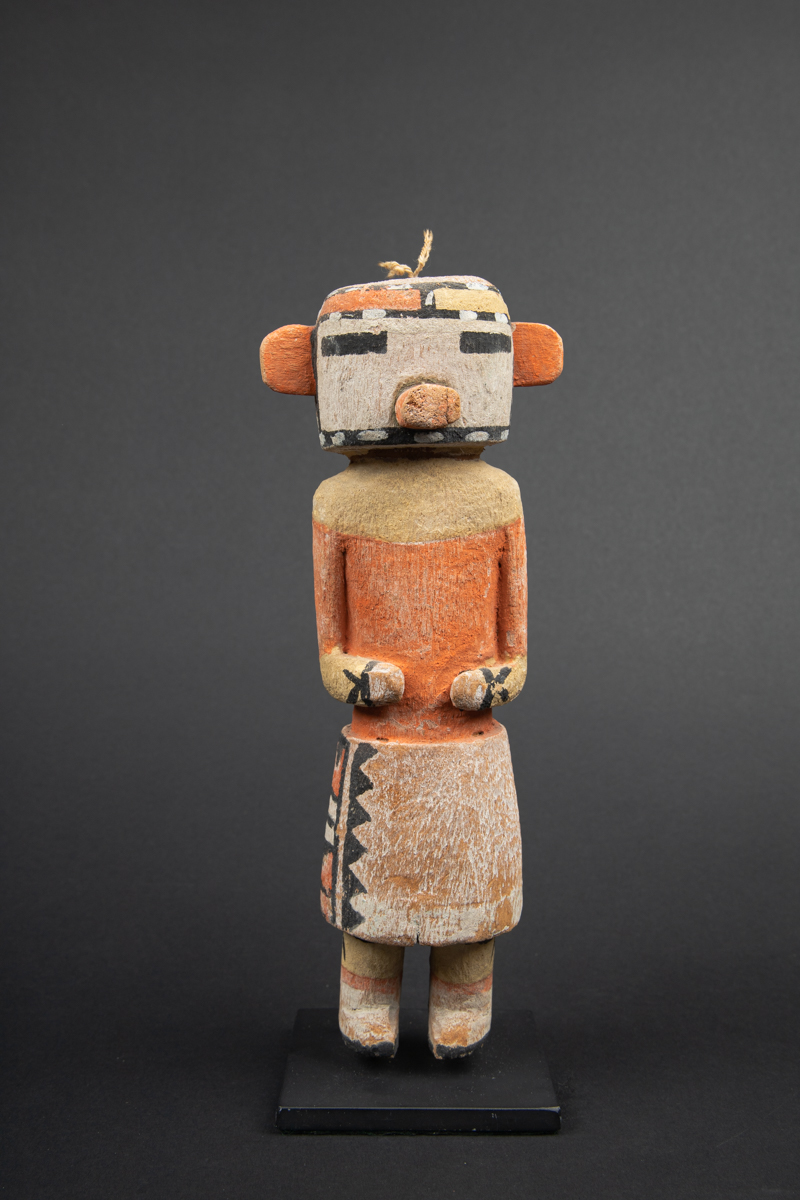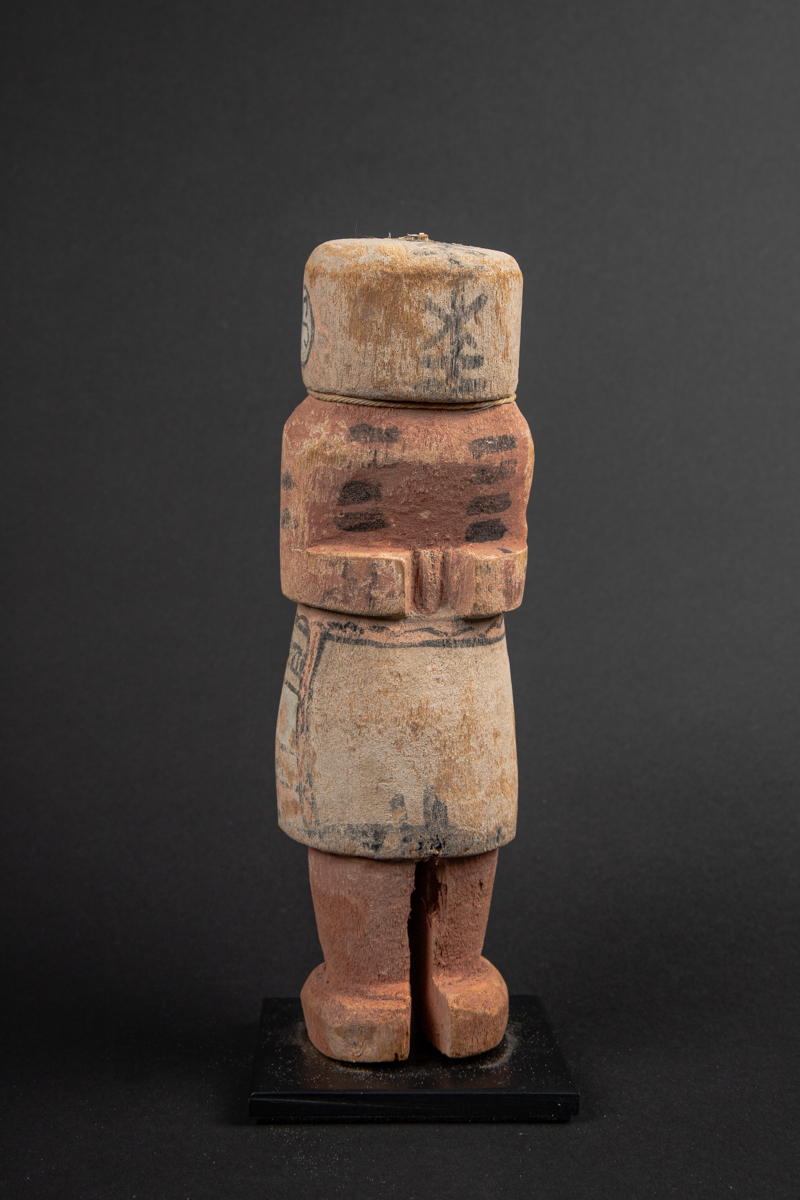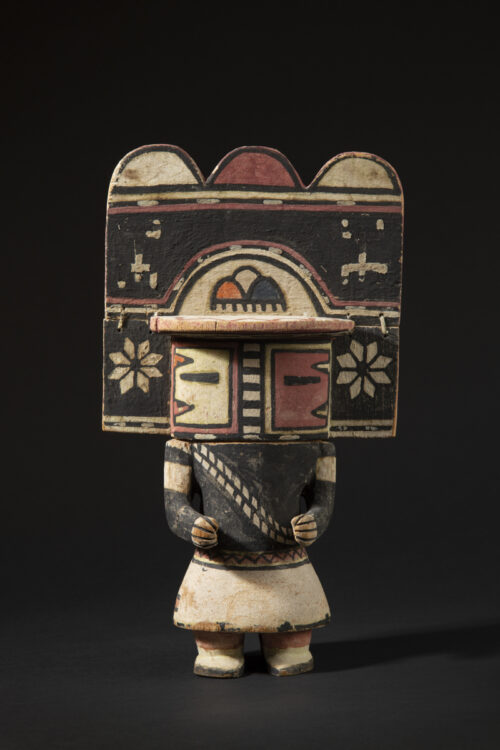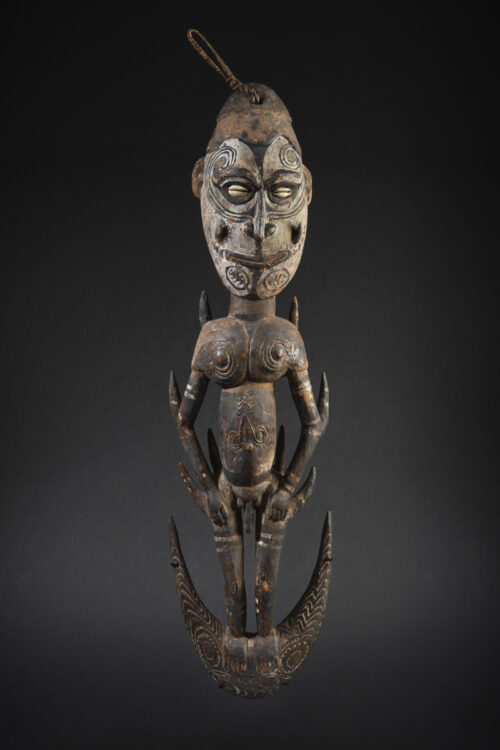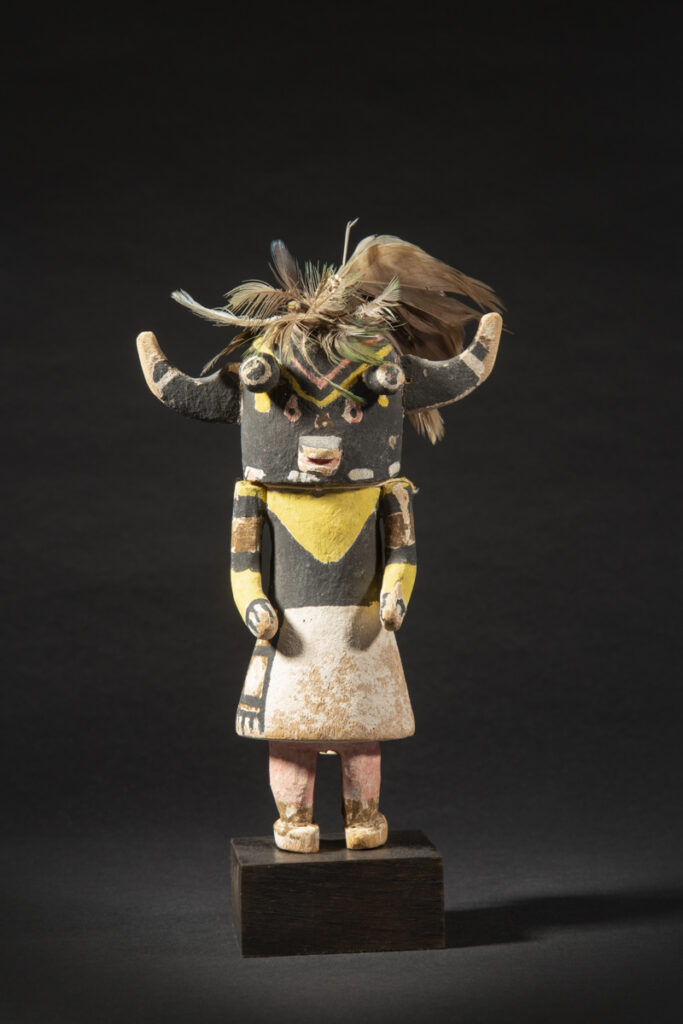Archives | Gabon
Punu mask
Gabon
Okuyi mask
Late 19th or early 20th century
Carved wood and pigments
Height: 27 cm – 18 ¾ in.
Provenance
Ex collection Octave Mariani (1885-1976), Mbigou
Acquired before 1923 and by descent
Ex collection Bernard Dulon, Paris
Ex collection Béatrice & Patrick Caput, Paris
Published
C. Grand-Dufay, « Les Lumbu, un art sacré. Bungeelë yi bayisi », Paris, 2016, pp. 64-65, n° 36 a et b
V. Plisnier & P. Caput, « Arts d’Afrique. Portraits d’une collection », Milan, 2016, pp. 170, 173, 246 & 258
Exhibited
« Arts d’Afrique. Portraits d’une collection », Galerie Bernard Dulon, Paris, 4 – 26 nov. 2016
Sold
The white masks of the Punu people from Southern Gabon are veritable icons of classical African arts. As early as 1910, a Punu mask could be seen on the wall of Pablo Picasso's studio in Paris (see Primitivism in 20th century art: Affinity of the Tribal and the Modern, William Rubin, 1984, p. 300).
This M'Pongwe Mukuyi ritual mask (also known as mukudj or okuyi) is the representation of an idealized woman's face. It combines expressiveness and grace. Such masks were testaments to the power and beauty of Punu women. This mask has all the characteristics of ancient classical Punu masks: a refined and elaborate crested coiffure, delicate face features and perfect balance and construction. The filtering look, enhanced by the thin eyebrows and slit eyes, conveys an intense sense of serenity.
This M'Pongwe Mukuyi ritual mask (also known as mukudj or okuyi) is the representation of an idealized woman's face. It combines expressiveness and grace. Such masks were testaments to the power and beauty of Punu women. This mask has all the characteristics of ancient classical Punu masks: a refined and elaborate crested coiffure, delicate face features and perfect balance and construction. The filtering look, enhanced by the thin eyebrows and slit eyes, conveys an intense sense of serenity.
Explore the entire collection













